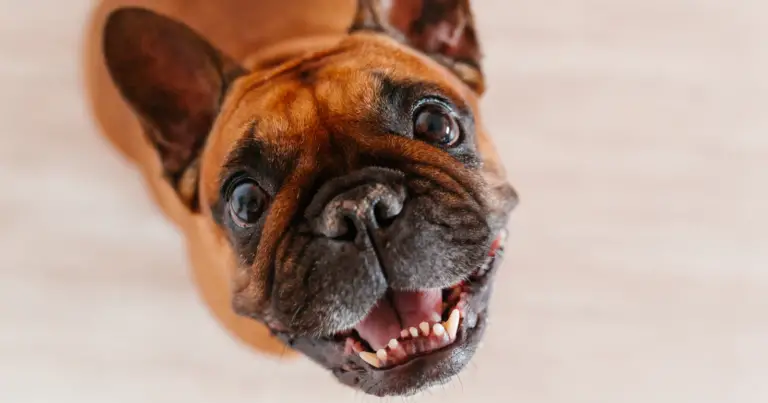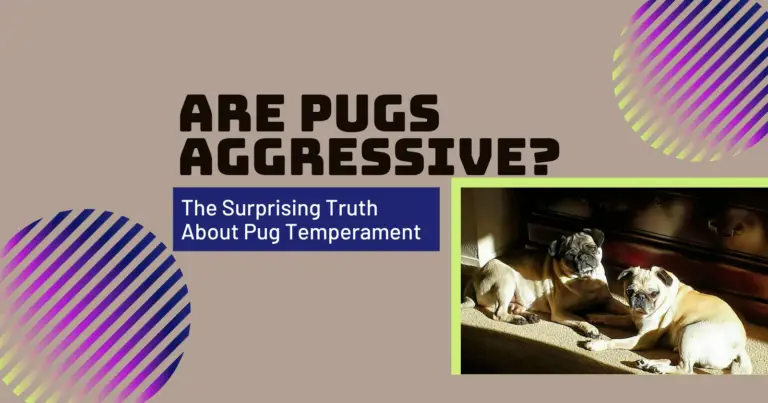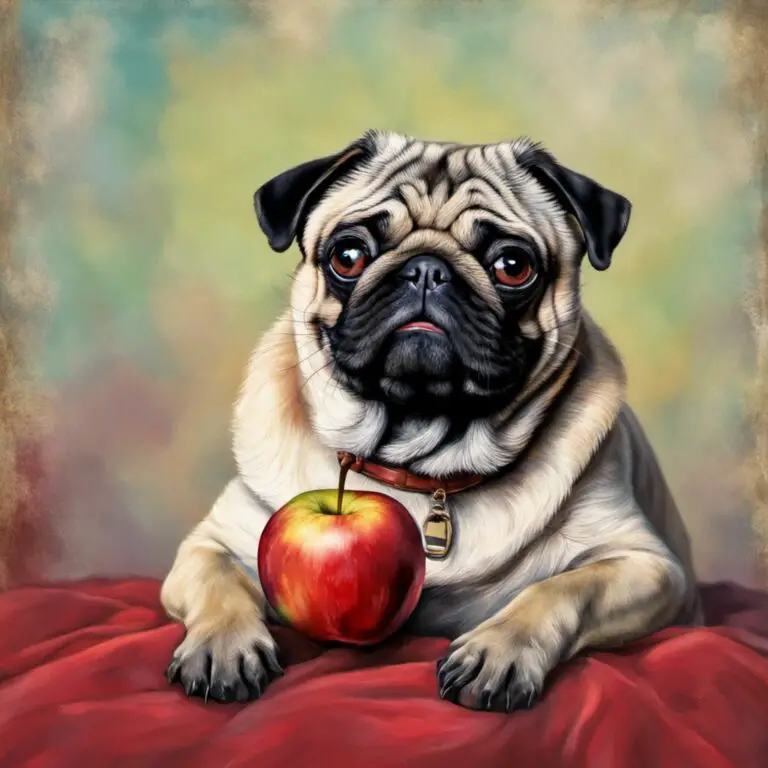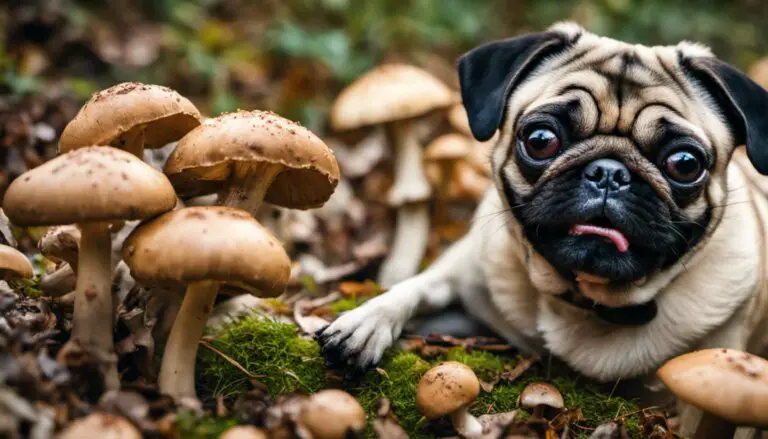Uncovering the Fascinating History of Brachycephalic Dog Breeds!
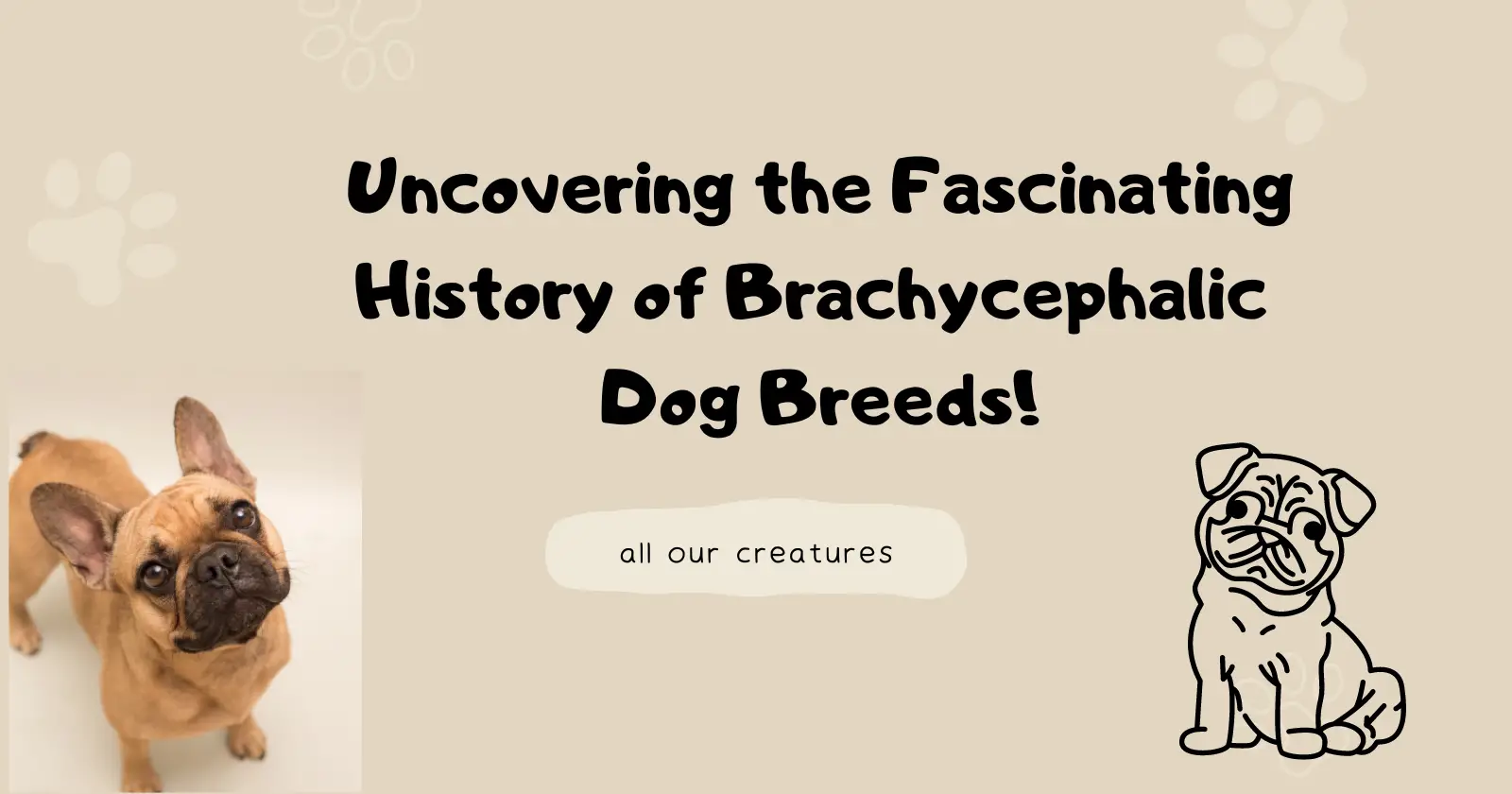
What are the features of brachycephalic dog breeds? Brachycephalic dogs can be identified by their short snout, giving them a flat appearance. Brachycephalic dog breeds have been popular for their wrinkled face and pushed-in facial features.

Do you know what brachycephalic means? No worries as we’ve got you covered. The word brachy means shortened, and the term cephalic means head. This means that brachycephalic dog breeds have shorter skull bones.
Contents
Table of Contents
History of Brachycephalic Dog Breeds
Boxers
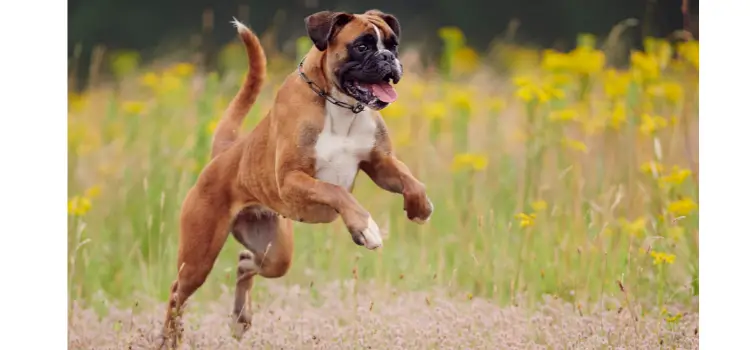
The brachycephalic dog breeds of boxers came into existence in the 1800s. Their origination came by mating English bulldogs with Bullenbeisser, an extinct breed. Boxers are bred to be helpful in hunting, noting their physical strength and features.
The brachycephalic dog breeds of boxers were bred in Germany. The goal was to build a brave and powerful dog. Ultimately, boxers were and are now known mainly as guard dogs.
Get The Free Food Eating Guide That Keeps My Pug Happy and Playful Even at 13 Years Old
100% Beginner Friendly & Lists Real Foods Your Pug Can Actually Eat!

Bulldogs

Who are Bulldogs? One of the popular dog breeds, Bulldog is a brachycephalic dog breed that came into existence to help butchers manage and control their livestock. Moreover, bulldogs were also used as a sport, namely, bull-baiting. Now, what is bull-baiting? It is a sport where bulldogs are trained to pull bulls to the ground.
The bulldogs latch their jaws onto the nose of bulls. The bulldogs release their jaws once they put the bull to the ground, or the bull kills the bulldogs. You’ll be glad to know that this sport was banned by England earlier.
Pugs

The history of pugs goes back to the Chinese era. The Chinese considered pugs a priceless possession; they were given a luxurious lifestyle and even guarded by soldiers.
However, after they came to the UK and the US, the American Kennel Club recognized it in 1885. The popularity of pugs then found no bounds. Later, in 1931, the Pug Dog Club of America was formed and is also recognized by American Kennel Club.
French Bulldogs
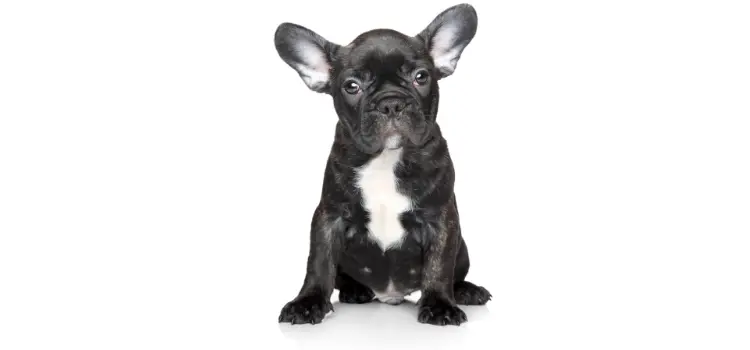
The history of French bulldogs goes to three countries, America, England, and France. However, it starts in Greece. The Grecian tribes bred huge dogs for war and work. French Bulldogs are known as Molossus breeds.
Nonetheless, it is believed that England laid the foundation of modern brachycephalic dog breeds of french bulldogs. Each country has bred different types of french bulldogs. The Americans bred the bat ear types, while the French bred the smaller counterparts.
Shih Tzus
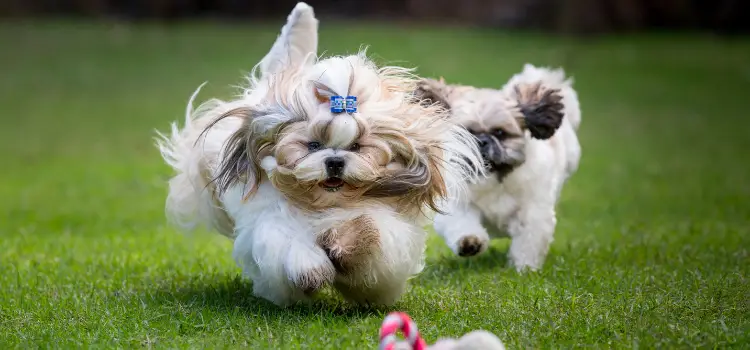
Shih Tzus are beautiful little dogs and one of the popular dog breeds. According to history, It is believed that Shih Tzus are direct descendants of Lhasa Apso. The breed was given from Tibet to China as a safe passage for ten months. However, the Tibetans believed the souls of the monks drove Shih Tzus.
Moreover, Shih Tzus were known to live a royal life back then during the Ming Dynasty, whereas, by the nineteenth century, Pugs became more popular in China.
You might love to read: 17 Adorable Flat-Faced Dogs That Will Melt Your Heart!
Health Considerations for Brachycephalic Dogs
Brachycephalic Syndrome
What is Brachycephalic Obstructive Airway Syndrome (BOAS)? BOAS is an abnormality of upper airways affecting brachycephalic dog breeds. You may find the following signs in the breed of BOAS (Brachycephalic Obstructive Airway Syndrome). Brachycephalic Airway Syndrome (BAS) and Brachycephalic Syndrome (BS) are synonymous terms describing the cluster of anatomic abnormalities seen in brachycephalic breeds contributing to upper airway dysfunction.
Stenotic Nares
Brachycephalic dog breeds with stenotic nares have narrow or small nostrils. The narrow nostrils restrict airflow in and out of the nostrils leading to decreased oxygen into the body.
Extended Nasopharyngeal Turbinates
Nasopharyngeal turbinates are the tissue-covered bony ridges that humidify and warm the air inhaled in the lungs. If the turbinates extend into the pharynx, the dogs may find difficulty breathing.
Elongated Soft Palate
The soft palate is the roof of the mouth. If the brachycephalic dog breeds have elongated soft palates, the excess length may block the trachea at the back of the throat. It also leads to distressed breathing.
Laryngeal Collapse
Chronic stress on the larynx from BOAS leads to laryngeal collapse. It leads to abnormal opening of the larynx and obstruction in airflow to the lungs.
Everted Laryngeal Saccules
Small pouches or sacs within the larynx are referred to as laryngeal saccules. The laryngeal saccules tend to evert outside or fold inside into the larynx by forceful breathing. Forceful breathing often occurs due to stenotic nares and soft palate elongation.
Eye Problems

In brachycephalic dog breeds, recurrent eye damage and corneal ulceration are frequent. However, corneal ulcers can also happen due to a lack of tear production or an injury to the eye. Some of the eye problems are discussed below.
Shallow Eye Sockets
If your brachycephalic dog breeds suffer from shallow eye sockets, they may be unable to blink fully. Nonetheless, it may lead to a dry cornea, mainly in the center of the eye.
Eyelid Imperfection
Eyelid anatomy is a crucial part of proper eyelid function. The eyelid openings in brachycephalic dog breeds are wide. If the eyelids turn out (ectropion) or inside (entropion), it may lead to cornea drying or corneal damage due to eyelash contact.
Corneal ulcers often lead to scarring of the eye surface, leading to impaired vision. Often it requires the removal of the affected eye. Corneal ulcers also cause corneal pigmentation that is black and brown spots on the eye surface.
Corneal pigmentation is usually a result of the chronic change in the eye through continuous irritation from eyelash contact or drying of the cornea.
To help you understand the health concerns and issues of brachycephalic dog breeds better, we have attached a youtube video below. Do watch the video.
Check this video: History of Brachycephalic Dog Breeds
Training and Care Tips
Feeding
Water
The main body weight of brachycephalic dog breeds comes from water. Ensure adequate access to clean water. If you fail to do so, the dogs may struggle to regulate body temperature, digest food, and above all, flush away wastes.
Proteins
Do the spadework and ensure enough protein for your dog daily. Offering high-quality and natural proteins is the first and foremost thing.
Fats
Fats help regulate coat and skin health. However, the dogs cannot produce fatty acids independently; they rely whole and sole on their diet for fatty acids. Moreover, fats are essential to provide energy.
Minerals
Minerals help maintain bone and cartilage health and formation, regulation of hormones, and flow of oxygen. Calcium and phosphorus comprise a large portion of the bone, whereas iron helps to transport oxygen in the body. Moreover, Zinc promotes healing.
Vitamins
Do you intend to see your dog grow at a rabbit’s pace? Ensure to provide them with vitamins in their diet. Vitamins promote health and growth maintenance in brachycephalic dog breeds.
Vitamin A helps boost the immune system, while vitamin D regulates phosphorus and calcium levels. Vitamin K helps with blood clot formation, while vitamins C and E act as antioxidants within the body.
Carbohydrates
Carbohydrates are essential to promote healthy digestion of food and provide energy to the tissues of your dog. Where to get carbohydrates from? You can feed the dog with grains, barley, whole corn, brown rice, and potatoes.
The carbohydrates give the dog starch, fibers, and sugars that keep them alive and kicking. Offering an adequate diet to the dogs ensures they stay on top of their health.
Grooming
Brushing and Bathing
Brushing the dog before taking it for a bath is critical. A slicker brush may do wonders for medium-length hair. Regular brushing, however, may help prevent excessive hair shedding and irritation.
Often, you may find brachycephalic dog breeds indoors and lousy. Therefore, bathing once in two to three months may be more than enough. Ensure to clean all parts and wrinkles of your snout-faced dog and dry them adequately.
Taking Care of Your Flat-Faced Dog’s Nails
The grooming routine of brachycephalic dog breeds also involves taking care of their nails. Brachycephalic dog breeds have thick nails that tend to curl toward the paws. However, trimming their nails is necessary every two weeks.
If, for any reason, you don’t do it timely, you may find them struggling to walk with their big nails. Ensure laying your hands on quality nail clippers and cutting at a forty-five-degree angle.
Moreover, keep styptic powder handy, so you can manage the bleeding immediately if you cut the toe nerve. Offer your dog a distraction to avoid resistance while nail trimming.
Exercise
Brachycephalic dog breeds are known to gain weight and become obese. It is mainly because they’re couch potatoes. These dogs struggle with breathing if they run fast or do an excessive activity.
Therefore, you must ensure to walk them at a gentle pace with breaks in between. The breaks tend to help them catch their breaths back. Avoid over-excitement, too, as you collapse if breathing becomes more distressed.
Conclusion
Brachycephalic breeds are identified by their short snouts appearing as flat faces. The result of such snouts is their narrow nostrils and airways. However, the term brachycephalic belongs to a Greek origin, where “Brachy” means “Short” and “Cephalic” means “Head.”
There is no denying that brachycephalic dog breeds are fun to have around, but the buyers of brachycephalic dog breeds should be aware and have all ears to their dogs’ needs and health issues. Any signs of illness and one must rush to the vet for immediate care.
However, healthcare for such dogs may cost you an arm and a leg; therefore, consider every angle of owning brachycephalic dog breeds.


